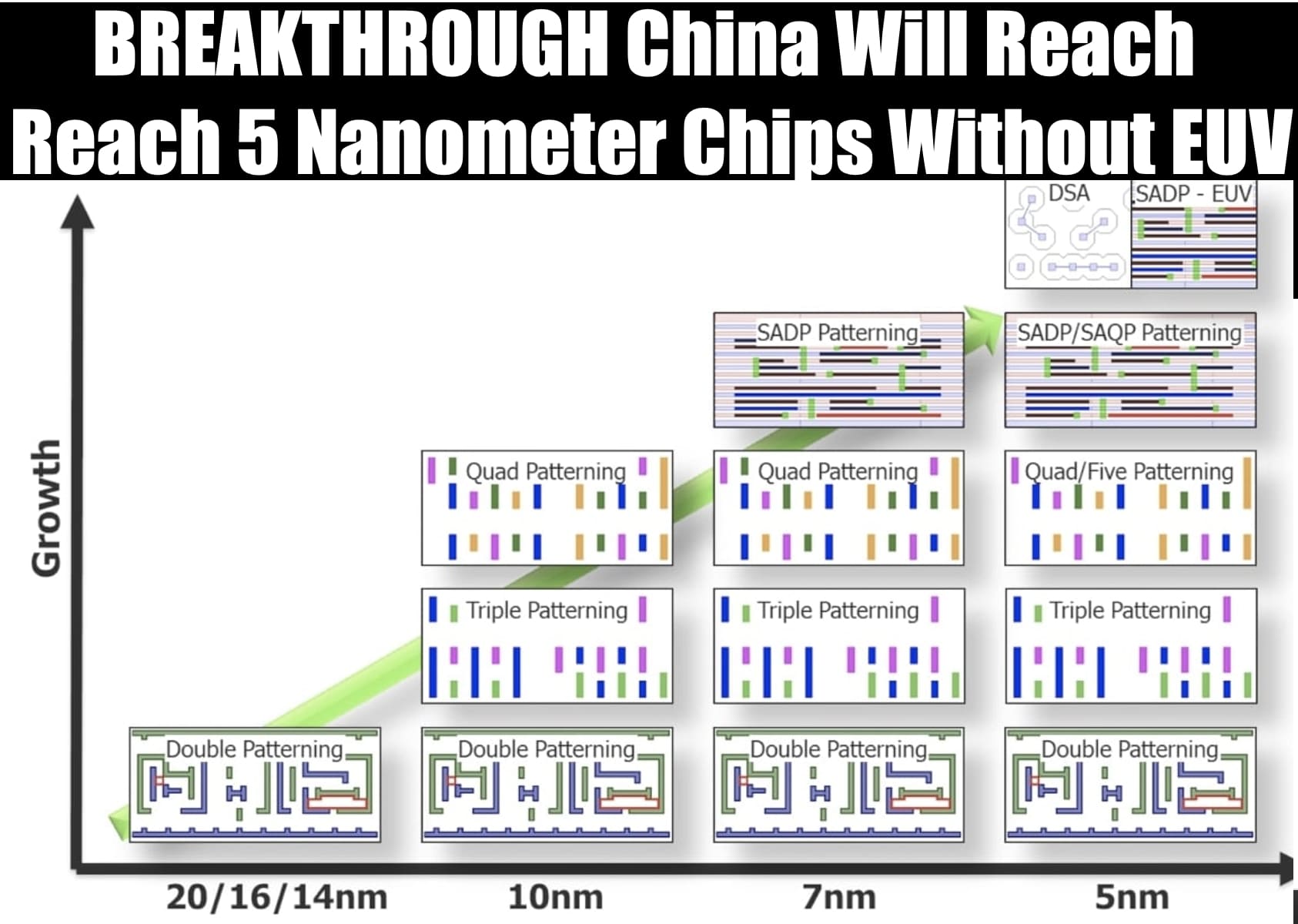China’s main chipmaker, SMIC, has put together new semiconductor production lines in Shanghai, to mass-produce Huawei designed smartphone chips with a 5 nanometer lithographic process.
In August 2023, Huawei surprised the industry and analysts with a 7 nanometer processor for its Mate 60 Pro premium smartphone launched. The phone helped it to increase shipments in China by nearly 50 percent in the fourth quarter.
If production works for smartphones, then Huawei’s most powerful artificial intelligence processor, the Ascend 920, will also be produced at 5 nm by SMIC. This will narrow the gap between China’s AI chips and Nvidia’s.
Meanwhile, SMIC has increased its current 7 nm production capacity to make more Kirin chips and AI GPUs.
SMIC will charge 40 to 50 percent more for products from its 5 nm and 7 nm fabrication nodes than Taiwan’s TSMC does at the same nodes.
SMIC’s yield—the number of chips considered good enough to ship to customers—is also less than one-third of TSMC’s.
SMIC 5nm-class manufacturing processes does not use extreme ultraviolet (EUV) lithography. This means the light is larger so it is more difficult to get to the 5 nanometer resolution.
China is using deep ultraviolet immersion which was what the entire industry was using before EUV was finally developed.

Brian Wang is a Futurist Thought Leader and a popular Science blogger with 1 million readers per month. His blog Nextbigfuture.com is ranked #1 Science News Blog. It covers many disruptive technology and trends including Space, Robotics, Artificial Intelligence, Medicine, Anti-aging Biotechnology, and Nanotechnology.
Known for identifying cutting edge technologies, he is currently a Co-Founder of a startup and fundraiser for high potential early-stage companies. He is the Head of Research for Allocations for deep technology investments and an Angel Investor at Space Angels.
A frequent speaker at corporations, he has been a TEDx speaker, a Singularity University speaker and guest at numerous interviews for radio and podcasts. He is open to public speaking and advising engagements.


I told you so….
Next parity with spaceX in 2 years…
Beauty in the eyes of the beholder. If one thinks/believes so, it is so. The China collapses believers have been crying doomsday China for at least the past 15 years, go talk to Mr. Gordon Chiang about it. Yes china will completely implode/explode right after the Chinese Spring Festival celebration, they all sincerely believe with no malice. One’s mind perceives what one’s eyes want to see. So China is, therefore, in deep trouble, so ‘I’ see.
Canon supposedly is working on nanopatterning (think stamp pressing) production systems to get around the wavelength problem forcing ASML and others into the EUV direction (since Canon basically lost the EUV lithography wars). Since japanese cybersecurity is typically swiss cheese grade, if Canon makes decent advances we can expect chinese researchers to capitalize on that to build production versions…
Some folks are predicting the fall of China as a country. We are seeing signs of major cracks in the economy now. So, I wonder if the fact that they are using technology from elsewhere, plus the major economic issues if they will be able to maintain the progress. This is more a question than a comment.
China economy is slowing down but will not collapse. Countries often invest heavily in infrastructure and train lots of high skill workers in time of rapid development. These investments tend to pay dividend for a long time. Japan economy slowed down since 1970-1990 but it managed to boost GDP from 200 billion$ to 4000 billion$ in that period. China is 12 times bigger so its dividend momentum will be much stronger.
From the link – “According to two people with knowledge of the plans, SMIC is aiming to use its existing stock of US and Dutch-made equipment to produce more-miniaturized 5-nanometer chips.”
What happens when those machines need maintenance and USA/ASML will no longer service
China lagging about 5 years in semiconducting but its progress is 2 times faster. So in about 5 years, China will close the gap.
The only technique not mentioned which could push to a future node without EUV is self-aligned octuple patterning, so 8 different masks to print a single layer. I suppose it is technically possible but sounds like a nightmare. China’s progress without EUV is impressive but it seems to be a must have to move forward at decent yield/cost.
It seems China cannot catch up ASML in 5 years but it still have some other viable options:
1. Wafer-scale chip: this is very new tech and has a lot room for improvement. China surpass US in this tech in 5 years is very possible (see EV and battery as example)
2. Chiplets: this is a relatively new tech and China still has big chance to surpass the West in 5 years
3. SSMB-EUV: This an alternative option to ASML EUV machines. This tech also suite China strategy of mass production/economy of scale. I believe China can produce very cheap chips using this tech in 10 years.
Just to level set, as usual, the key part here is the investment towards the outcome. Whereas TSMC is a commercial entity making product profitably, SMIC is willing to take large financial losses for technological advances and market perception. If they catch up in 2 years, perceptually, they have achieved the centralized goal. This subsidy could be in place a very long time- there’s willingness to invest to achieve.
As outsiders watching, we probably need to stop looking at benchmarking the technical progress here vs western companies as meaningful but compare against similar organizations in the west like IMEC, SIA, universities etc…